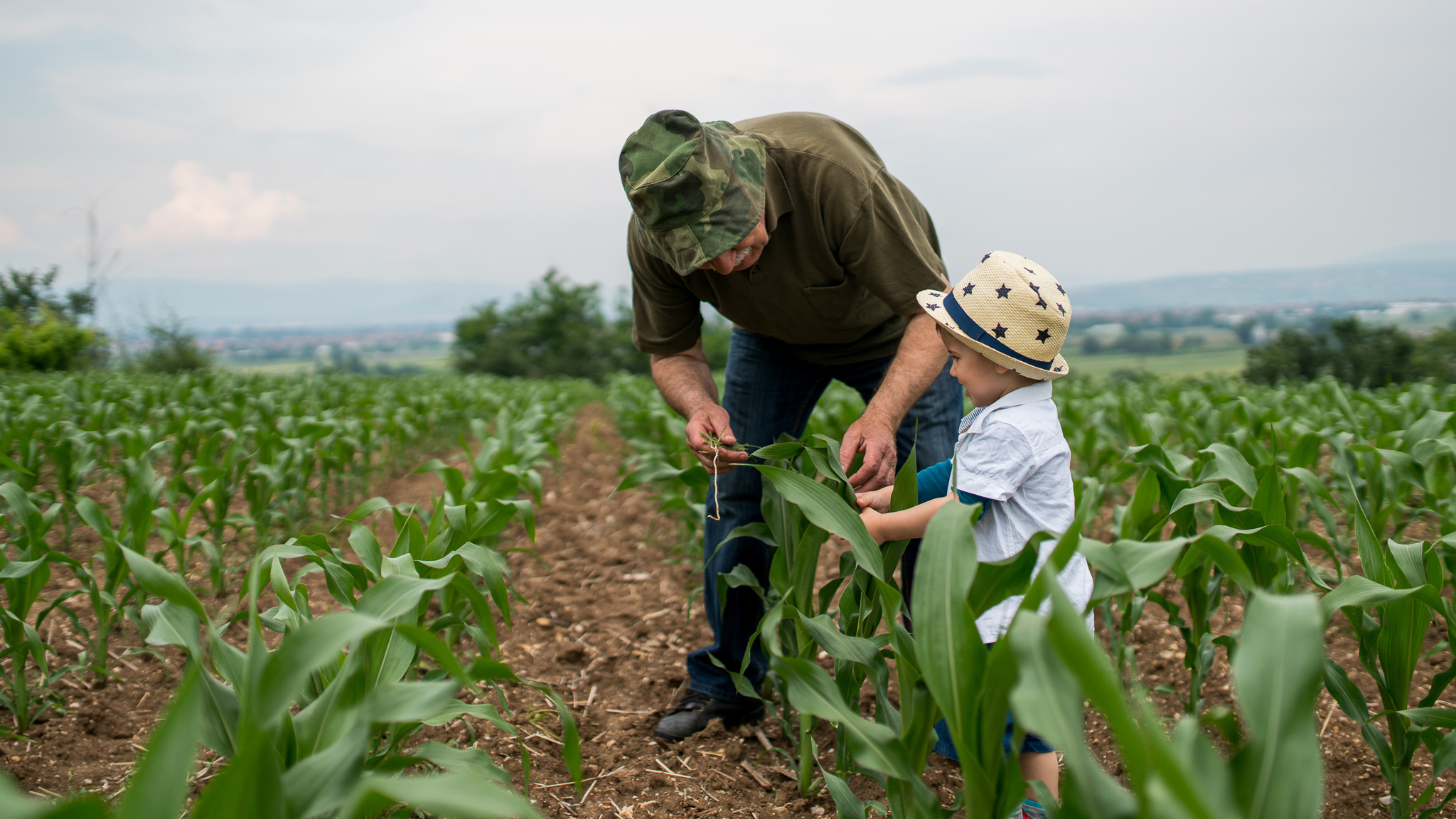Farmland values have increased 15% over a year ago in the Tenth Federal Reserve District, which...
Farmer Sentiment Rises; Concern Over Production Costs Remains

Farmer sentiment continues to fluctuate month-to-month as the Purdue University/CME Group Ag Economy Barometer rose 6 points to a reading of 125 in February, a mirror image of the previous month. The Index of Current Conditions was down 1 point to a reading of 132, while the Index of Future Expectations improved 10 points to a reading of 122. The survey was conducted between February 14-18, 2022, just a few days prior to Russia's invasion of Ukraine.
The Farm Financial Performance Index remained unchanged in February at a reading of 83. The financial index is generated based upon producers' responses to whether they expect their farm's current financial performance to be better than, worse than or about the same as the previous year. These survey responses suggest that concerns about the spike in production costs and supply chain issues continue to weigh on farmer perceptions.
Higher input costs have consistently been the number one concern identified by farmers over the past six-months. To gain additional insight into the concerns of producers, the respondents were provided with a more detailed set of possible responses when answering this question. While a majority still consider input costs as their number one concern (47%), it was followed by concerns over lower output prices (16%), environmental policy (13%), farm policy (9%), climate policy (8%), and COVID-19's impact (7%).
Tight machinery inventories continue to be a problem. In February, over 40% of producers stated that low farm machinery inventories are holding back their investment plans. While plans for farm building and grain bin construction were more optimistic this month, 56% still said their plans for new construction are below the previous year due primarily to lack of product availability.
Thirty percent of corn and soybean producers say they've had difficulty purchasing crop inputs from their suppliers. In a follow-up question posed to corn and soybean producers who said they experienced difficulty procuring inputs, herbicides are the most problematic input to source followed by fertilizer and farm machinery parts. To learn more about how crop producers are responding to surging fertilizer prices, corn producers were again asked if they plan to change their nitrogen fertilizer application rate in 2022 compared to the rate used in 2021. One-third of corn producers in February’s survey said they plan to use a lower nitrogen application rate this year than in 2021, compared to 37% of corn producers who said they planned to reduce their nitrogen application rate when surveyed in January.
Each winter, the barometer survey asks producers to project their farm's annual growth rate over the next 5 years. In 2022, 53% stated they either had no plans to grow or plan to retire/exit in the next five years, 19% expect their farm's annual growth rate to range from 5-10%, while 18% expect their farm's annual growth rate to be less than 5%.
The need for better broadband coverage in rural areas has been highlighted in several legislative proposals at both the state and national level. The February barometer survey included a question asking respondents to characterize the quality of their farm's internet access. Just three out of ten respondents said they had "high quality" internet access, 41% said "moderate quality”, 16% chose "poor quality" on the survey, while 12% stated that they did not have internet access at all. Responses to this question suggest that nearly three out of ten farms in the survey are unable to take advantage of many applications and services which require reasonable quality internet access.
EDITOR’S TAKE:
It is not unexpected that farmer/rancher sentiment would rise with rising commodity prices. However, it is clear that concerns over supply chain issues and rising input costs have their attention. That said, many farmers/ranchers have already purchased their fertilizer and crop protection supplies for 2022 making it less of an immediate concern. It will be interesting to see how the recent Russian invasion of Ukraine impacts their perceptions going forward. Commodity prices are already escalating as a result of the conflict. Farmers/ranchers are adjusting their marketing plans to take advantage of the rising prices. This has the potential to boost farm income even more for 2022.








